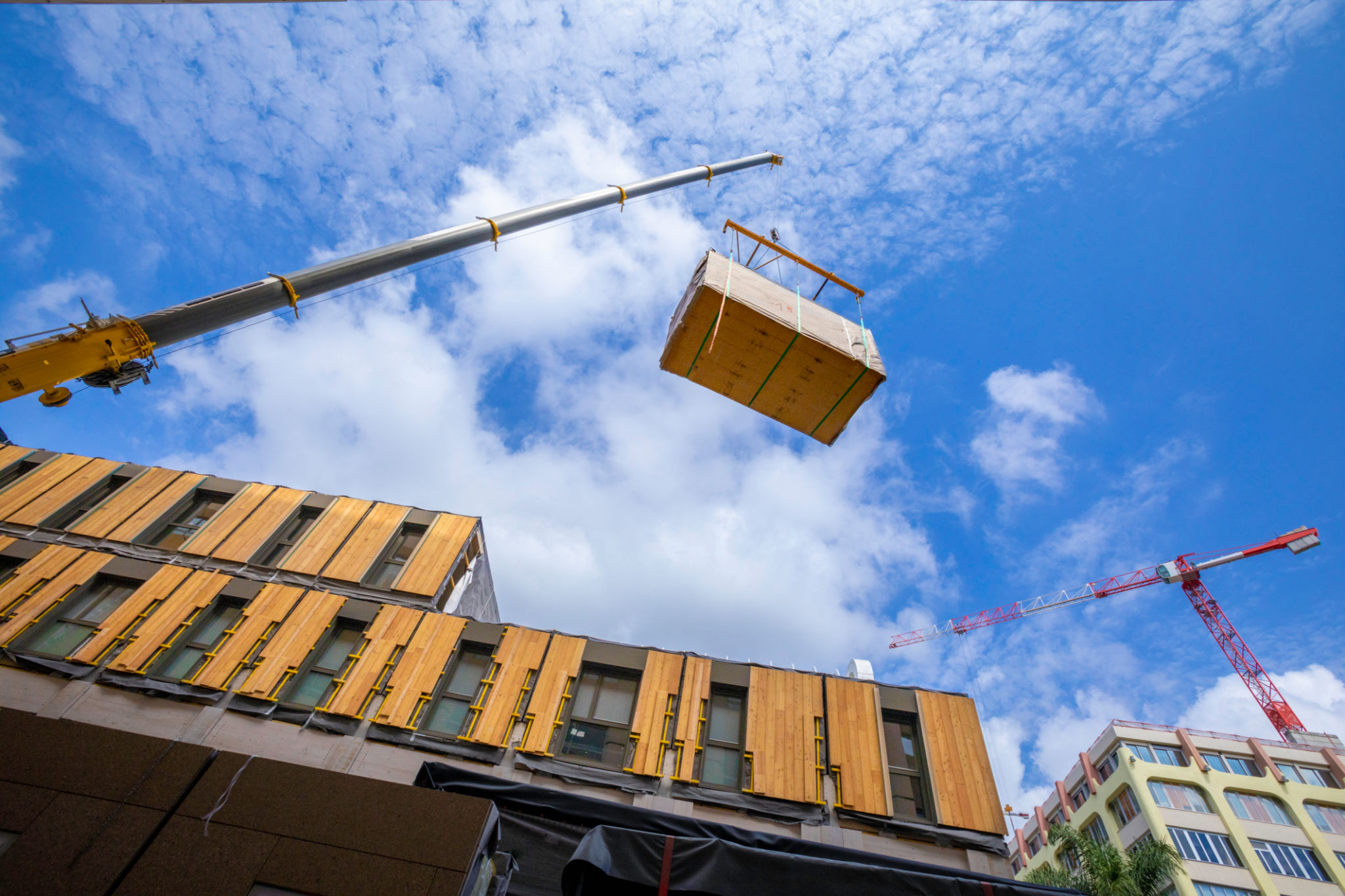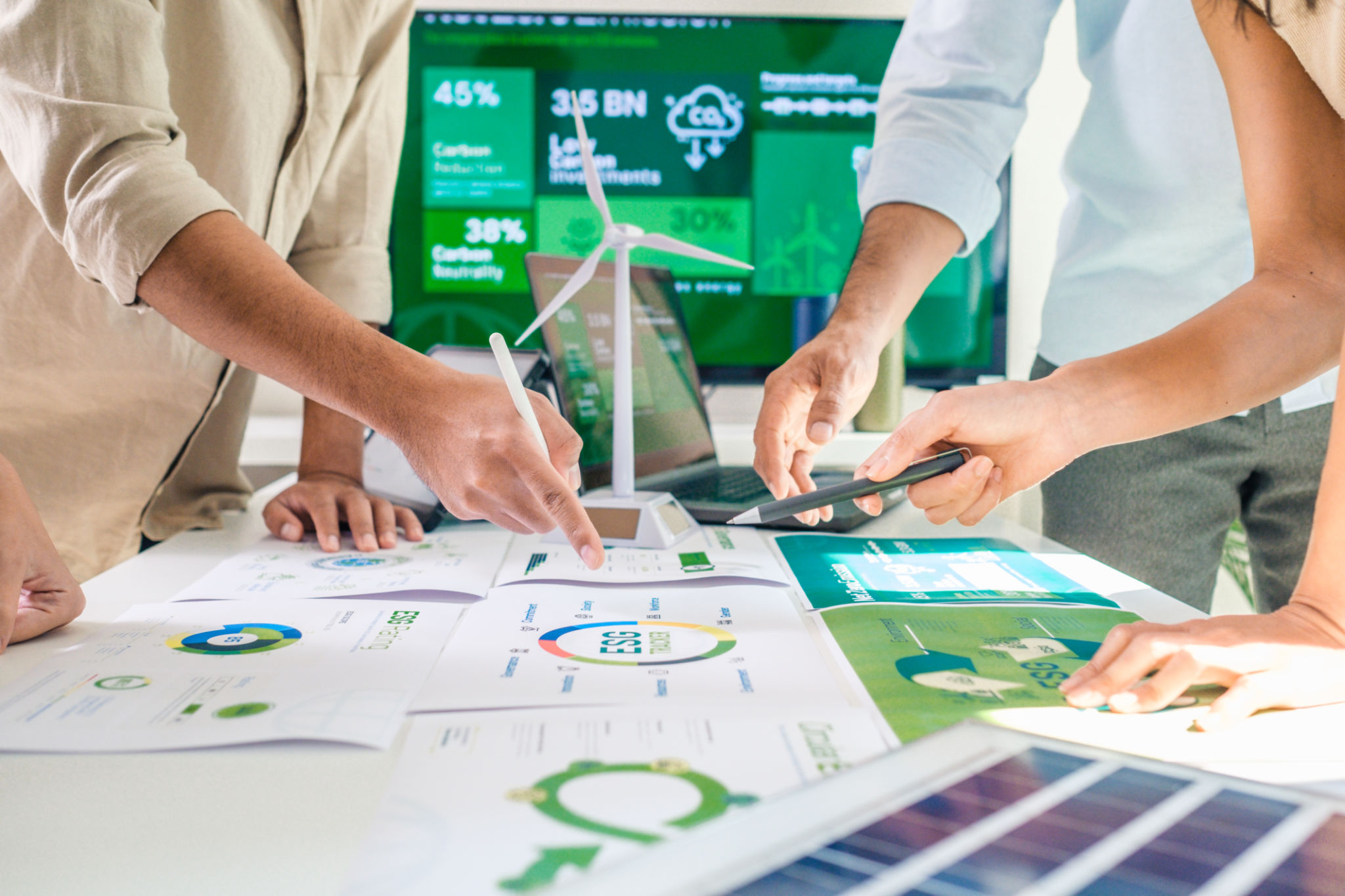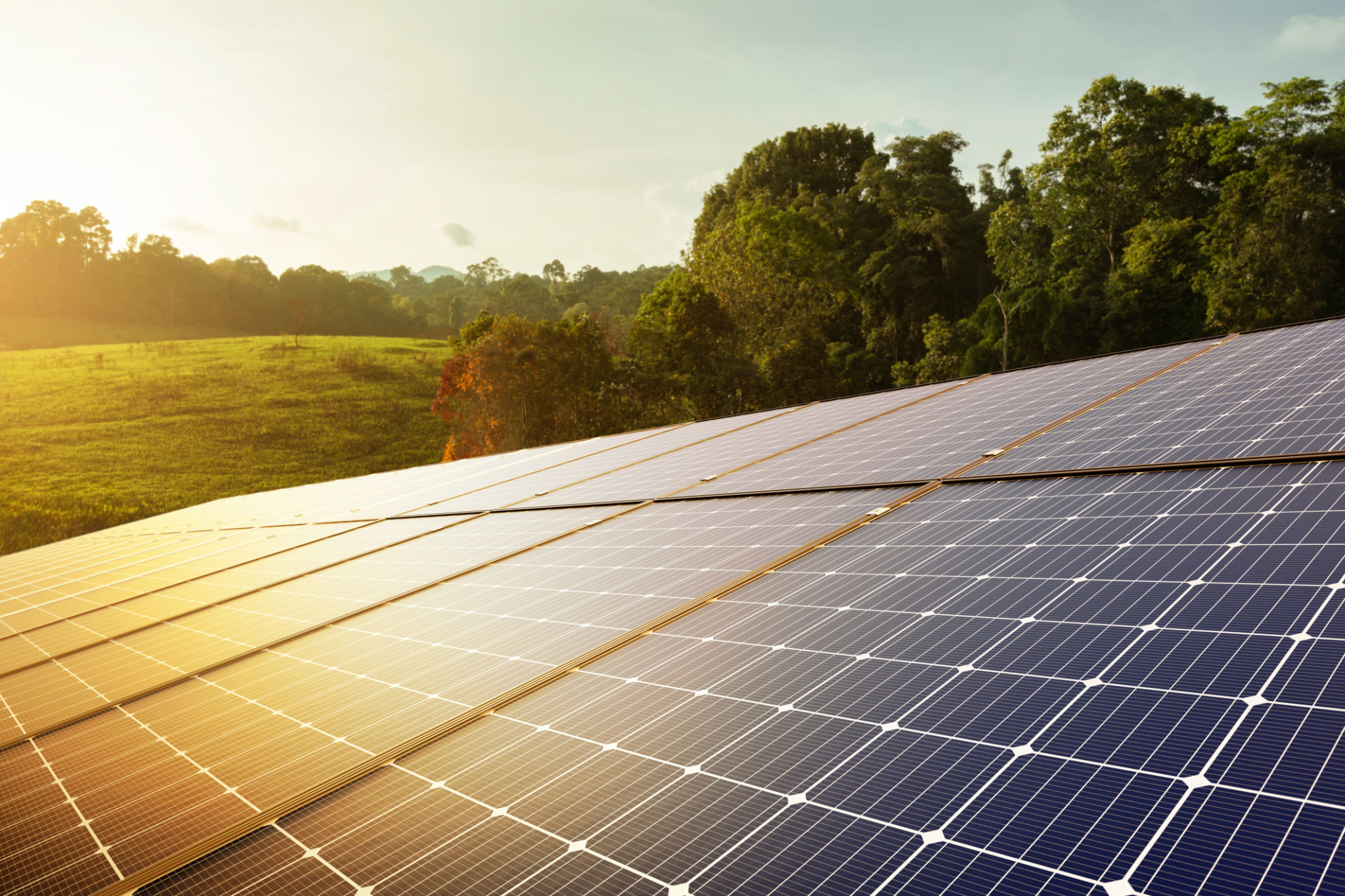The Ultimate Guide to Sustainable Construction Practices
Understanding Sustainable Construction
Sustainable construction is transforming the building industry, focusing on reducing environmental impact while enhancing efficiency and sustainability. This approach integrates eco-friendly materials, energy-efficient practices, and innovative designs to create structures that are not only robust but also environmentally responsible.

At its core, sustainable construction aims to minimize waste, reduce carbon footprints, and optimize resource use. Implementing these practices requires a deep understanding of the environmental impact of construction activities and a commitment to ongoing improvement. This guide will explore key elements and strategies essential to sustainable construction.
Eco-Friendly Materials
The selection of materials plays a crucial role in sustainable construction. Builders are now opting for eco-friendly materials that have minimal environmental impact during their lifecycle. Some popular sustainable materials include:
- Bamboo: A highly renewable resource with rapid growth rates.
- Recycled Steel: Offers strength and durability while reducing the need for new raw material extraction.
- Rammed Earth: Utilizes natural soil compacted to create sturdy walls with excellent thermal mass.

Using these materials not only helps in reducing waste but also promotes energy savings by improving insulation and reducing heating and cooling demands.
Energy Efficiency
Achieving energy efficiency is a cornerstone of sustainable construction. Incorporating energy-efficient technologies and practices can significantly reduce energy consumption. Some strategies include:
- Insulation: Proper insulation in walls, roofs, and floors to maintain indoor temperatures.
- Solar Panels: Harnessing solar energy to power homes and buildings.
- LED Lighting: Utilizing LED lights that consume less energy and last longer.

These practices not only lower utility bills but also contribute to a greener environment by reducing reliance on non-renewable energy sources.
Water Conservation
Water conservation is another critical aspect of sustainable construction. Implementing water-saving measures ensures the efficient use of this precious resource. Some effective practices include:
- Installing low-flow fixtures and appliances to reduce water usage.
- Implementing rainwater harvesting systems to collect and reuse rainwater.
- Using native landscaping to minimize irrigation needs.
By focusing on water conservation, buildings can significantly lower their environmental footprint while promoting sustainable living.
Sustainable Design and Planning
Sustainable design involves thoughtful planning to ensure buildings blend seamlessly with their environment. This includes site selection, orientation, and integration with the surrounding ecosystem. Key considerations include maximizing natural light, optimizing ventilation, and using green roofs or walls.

Incorporating these elements not only enhances the aesthetic appeal but also contributes to the overall sustainability of the building by reducing energy demands and improving occupant well-being.
The Future of Sustainable Construction
The future of construction is undoubtedly leaning towards sustainability. With advancements in technology and increasing awareness of environmental issues, sustainable construction practices are becoming more accessible and cost-effective. Innovations such as smart building systems, green certifications, and government incentives are further driving this transformation.
Embracing these practices not only benefits the environment but also offers long-term economic savings and improved quality of life for building occupants. As more stakeholders recognize the importance of sustainability, the construction industry is poised for a greener and more sustainable future.
